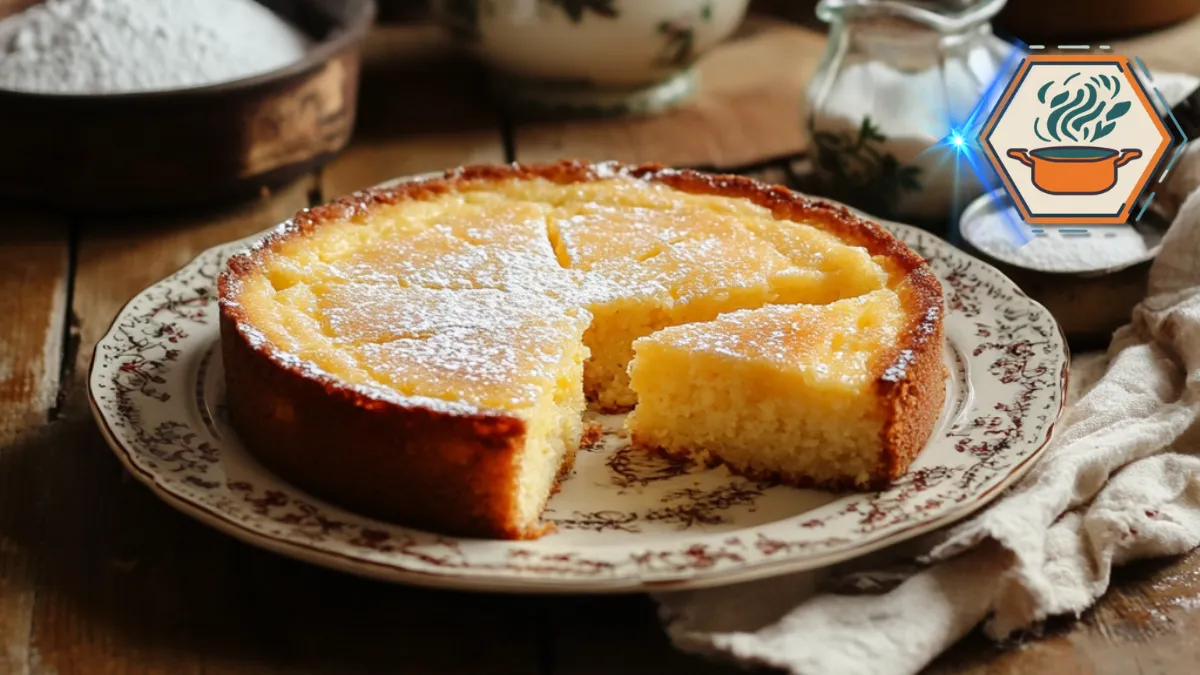Table of Contents
What Is Chess Cake Made Of? A Complete Ingredient Guide
Introduction to Chess Cake
What Is Chess Cake?
What is chess cake? This is a common question for those exploring Southern desserts. Chess cake is a rich, dense dessert that stands out for its simplicity and sweet flavor. If you’re wondering, “What is chess cake?” it typically includes sugar, butter, eggs, and a small amount of flour or cornmeal. This classic dessert is known for its custard-like texture and crispy top layer. Unlike other cakes, it doesn’t require frosting because its sugary crust adds enough sweetness and texture. So, what is chess cake’s secret? It lies in its humble yet flavorful ingredients.
For more insights into similar desserts, you can check out our guide on Butter Cake vs. Pound Cake Differences.
Origin and History of Chess Cake
The exact origin of chess cake remains unclear, but it is widely associated with Southern American cuisine. Some believe the name “chess cake” comes from the phrase “just pie,” as people might have said the cake was “just pie” with no filling, which over time sounded like “chess pie.” Another theory links the name to the use of a “cheese chest,” a Southern storage cabinet used to keep pies and cakes fresh. So, what is chess cake if not a product of rich Southern traditions?
Chess cake likely gained popularity in the 19th century when basic pantry staples were often used for baking. Its simple yet flavorful ingredients made the traditional chess cake accessible to families across the South. Today, it continues to be a classic dessert in Southern homes and bakeries. Wondering what is chess cake’s charm? It’s the perfect blend of simplicity and flavor.
Popularity in Southern Cuisine
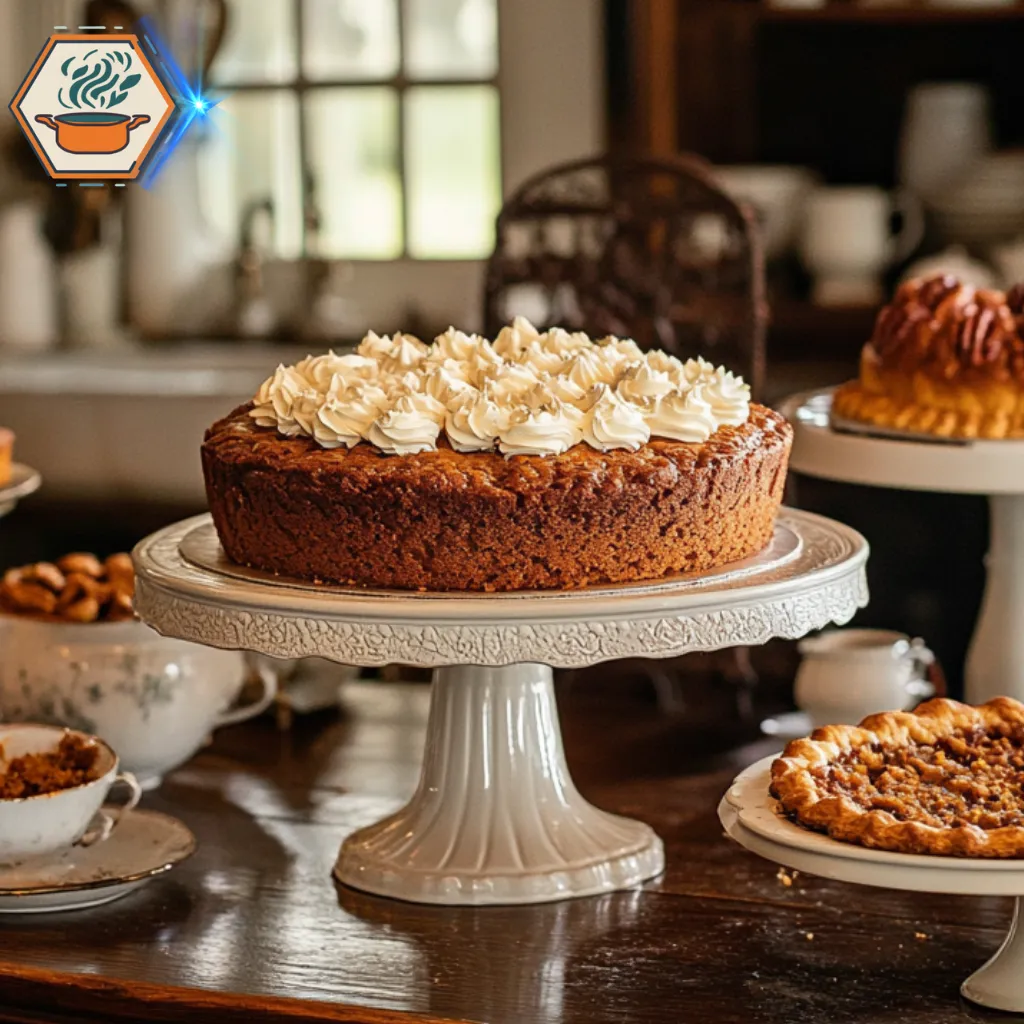
What is chess cake’s role in Southern cuisine? It has become a staple in Southern dessert menus due to its simplicity and rich flavor. It often appears alongside other beloved treats like pecan pie and sweet potato pie. Its ease of preparation and affordable ingredients have contributed to its widespread appeal.
In the Southern United States, chess cake is a beloved dessert often enjoyed at family gatherings, church socials, and holiday celebrations. Its versatility shines through with flavors like chocolate, lemon, and coconut, making it perfect for any season. Wondering what pairs best with chess cake? The answer is simple—any festive occasion!
Its popularity has even spread beyond the South, appearing in bakeries and restaurants across the country. If you’re interested in exploring more Southern-inspired desserts, check out the Secret Ingredient in Philly Cheesesteak for another comfort food classic.
Understanding Its Unique Texture
What is chess cake’s texture like? One of the most distinctive features of chess cake is its texture. The cake is dense and custard-like due to its high sugar and egg content. This sets chess cake apart from lighter, fluffier cakes. The top layer bakes into a thin, crisp crust, while the inside stays smooth and creamy.
This texture comes from the balance between sugar, butter, and eggs. Unlike sponge or butter cakes, chess cake doesn’t rely on leavening agents like baking powder. This gives it a more solid, rich consistency.
The addition of cornmeal or flour adds a subtle graininess, enhancing its rustic charm. This unique texture is part of why chess cake remains a beloved dessert. So, what is chess cake known for? Its unforgettable texture.
How It Differs from Other Cakes
What is chess cake compared to other cakes? Chess cake is not your typical cake. Most cakes rely on baking powder or soda to rise, resulting in a light and airy texture. Chess cake, however, uses minimal flour and no leavening agents. This makes chess cake dense and rich.
Its sweetness also sets it apart. While many cakes are paired with frosting, chess cake doesn’t need it. The sugary crust formed during baking adds a layer of sweetness and crunch.
Comparatively, butter cake or sponge cake focuses on fluffiness and layers. Chess cake focuses on simplicity and richness. This makes it a standout in the world of cakes.
Common Misconceptions about Chess Cake
Many people confuse chess cake with other desserts, particularly custard pies or cheesecakes. However, chess cake has no crust or cream cheese. Its texture comes from a careful blend of sugar, butter, and eggs, not dairy or cream.
Another misconception is that it’s difficult to make. In reality, chess cake is one of the easiest cakes to bake due to its straightforward ingredients and method. It doesn’t need frosting, special pans, or complex techniques.
People also believe that chess cake is overly sweet. While it is rich, the balance of ingredients prevents it from being overwhelming. Variations like lemon chess cake even add a tart twist to balance the sweetness. So, what is chess cake? A dessert that’s both easy and delightful to make.
Key Ingredients Overview
Understanding what chess cake is made of involves examining its simple yet rich ingredients. Its straightforward recipe is part of its charm. The basic components include:
- Butter: Provides richness and a tender texture.
- Sugar: Adds sweetness and helps create a slightly crispy top.
- Eggs: Bind the ingredients and contribute to the cake’s dense, custard-like texture.
- Cornmeal or Flour: Gives structure and a subtle grainy texture, depending on the recipe.
- Milk or Buttermilk: Adds moisture and enhances the cake’s creamy consistency.
- Vanilla Extract: Offers a warm, sweet aroma and flavor.
This combination creates a rich, creamy chess cake with a delicate crust. Each ingredient plays a crucial role in developing the chess cake’s signature taste and texture. So, what is chess cake ‘s secret ingredient? It’s the perfect balance of these basics.
What is chess cake Basic Ingredients
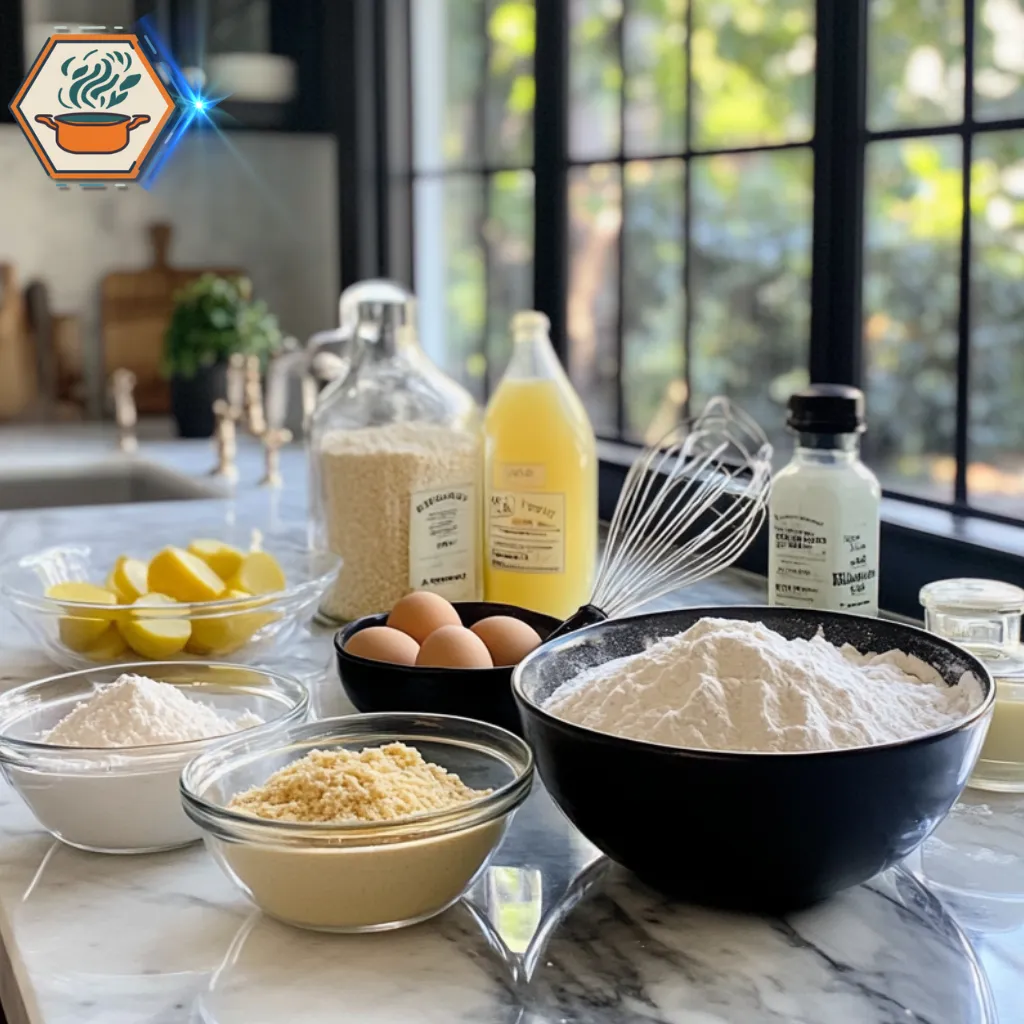
The traditional chess cake recipe sticks to pantry staples. Here’s a breakdown of the essential ingredients:
- 2 cups of granulated sugar
- 1/2 cup of melted butter
- 4 large eggs
- 1 tablespoon of cornmeal or flour
- 1 tablespoon of vinegar or lemon juice
- 1 teaspoon of vanilla extract
- A pinch of salt
The sugar caramelizes during baking, forming the thin, crisp top layer. Butter and eggs provide the dense, custard-like interior. Cornmeal or flour stabilizes the mixture, preventing it from becoming too soft. A dash of vinegar or lemon juice balances the sweetness, while vanilla adds depth.
Variations in Ingredients Across Recipes
Over the years, bakers have put their own spin on the classic chess cake. Some popular variations include:
- Chocolate Chess Cake: Adding cocoa powder for a rich, chocolaty twist.
- Lemon Chess Cake: Incorporating lemon juice and zest for a tart flavor.
- Coconut Chess Cake: Mixing in shredded coconut for texture and flavor.
Other recipes swap out traditional sugar for brown sugar or honey for a deeper flavor. Some even use gluten-free flour or dairy-free butter for dietary needs.
These variations keep the dessert fresh and exciting while staying true to its simple roots.
For more inspiration on how to experiment with traditional recipes, you might enjoy reading about how to Jazz Up Sugar Cookies.
Chess pie is a classic Southern dessert with a rich history and cultural significance. Its origins are somewhat unclear, with several theories about how it got its name. One popular explanation suggests that “chess” is a variation of “cheese,” referring to the pie’s similarity to British cheesecakes or curd pies. Another theory posits that the name comes from the term “pie chest,” a common storage solution in the past, implying that “chess pie” was simply “chest pie.” Additionally, some believe the name evolved from a Southern drawl interpretation of “just pie,” sounding like “jes’ pie.”
This deep dive into chess cake’s origin, texture, and ingredients helps explain why it remains a cherished Southern classic.
Essential Ingredients in Chess Cake
What is chess cake? This rich and creamy dessert is beloved for its dense texture and sweet flavor. Understanding the ingredients is key to making the perfect chess cake. In this section, we explore the essential components that give chess cake its unique taste and structure.
Flour and Its Role in the Cake
Flour forms the foundation of any cake, and chess cake is no exception. It provides structure and stability to the batter, ensuring the cake holds its shape while remaining soft.
Types of Flour Used in Chess Cake
- All-Purpose Flour: Commonly used for its balanced protein content, giving chess cake a tender crumb.
- Cake Flour: Contains less protein, resulting in a finer, softer texture.
- Self-Rising Flour: Sometimes used for added lift due to its baking powder content.
For more insights on how flour affects baking, check out this trusted guide on baking essentials: University of Nebraska-Lincoln – Role of Ingredients in Baking
Sweeteners: Sugar and Alternatives
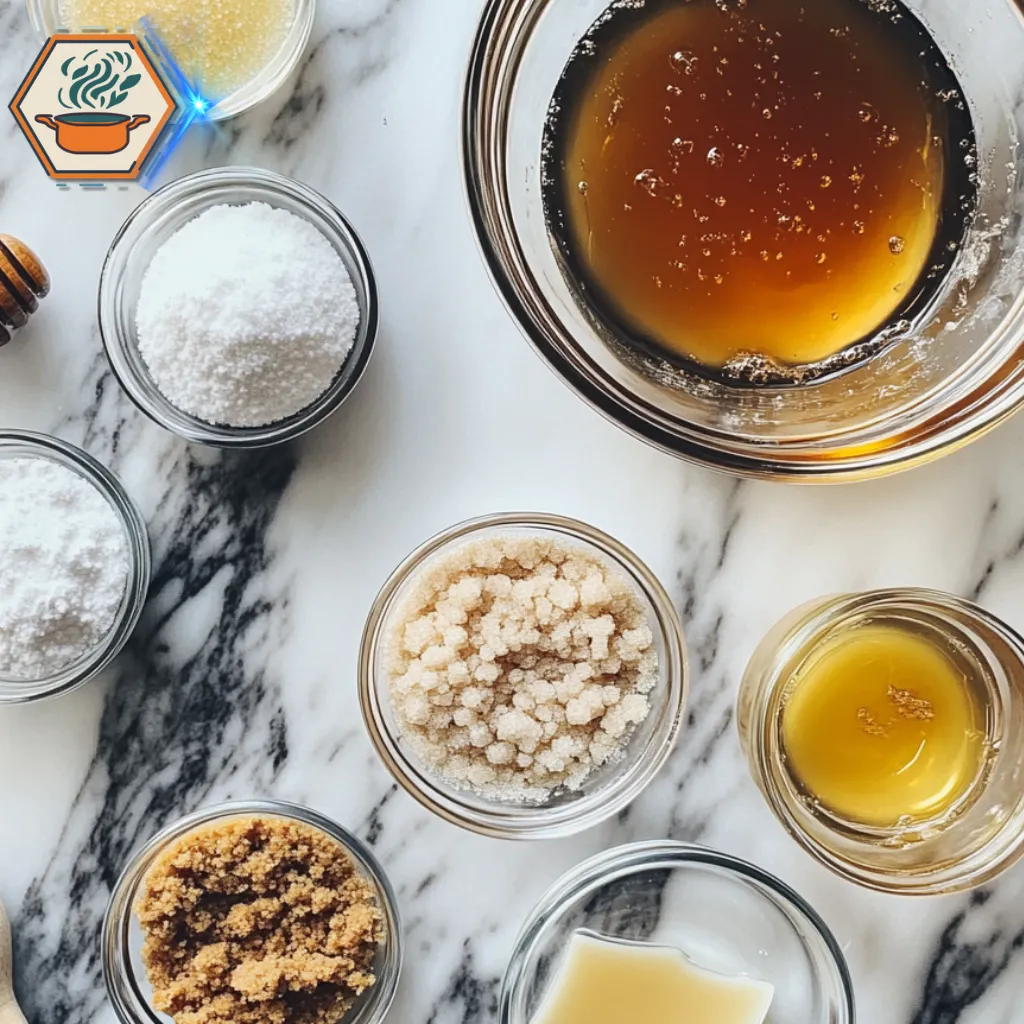
Sweeteners are crucial for flavor and texture in chess cake. They also impact browning and moisture retention.
Granulated Sugar vs. Brown Sugar
- Granulated Sugar: Provides sweetness and contributes to a light texture.
- Brown Sugar: Adds moisture and a hint of caramel flavor due to molasses content.
Using Honey or Maple Syrup
- Honey: Offers natural sweetness and adds moisture.
- Maple Syrup: Introduces a rich, earthy sweetness that complements the cake’s dense texture.
Discover how different sweeteners can affect your baking in our article on pineapple in baking.
Fat Content: Butter vs. Shortening
Fats play a significant role in flavor and texture. They tenderize the cake and contribute to its richness.
How Fat Affects Texture and Flavor
- Butter: Adds a creamy, rich flavor and contributes to a softer texture.
- Shortening: Creates a lighter, airier crumb due to its 100% fat content.
Experimenting with these fats can dramatically change your chess cake’s mouthfeel.
Binding Agents
Binding agents hold the ingredients together, ensuring the cake doesn’t crumble.
Eggs: Fresh vs. Powdered
- Fresh Eggs: Provide structure, moisture, and richness.
- Powdered Eggs: Offer longer shelf life and consistency.
Use of Cornmeal or Cornstarch for Texture
- Cornmeal: Adds a slight grainy texture, creating a rustic feel.
- Cornstarch: Softens the flour’s protein, yielding a more tender cake.
Flavor Enhancers
Subtle flavors make chess cake more enjoyable without overpowering its sweetness.
Vanilla Extract and Lemon Juice
- Vanilla Extract: Provides warmth and depth.
- Lemon Juice: Adds brightness and balances sweetness.
Salt for Balance
A pinch of salt can enhance all the other flavors, preventing the cake from being overly sweet.
Incorporating these ingredients thoughtfully can make your chess cake a standout dessert.
Variations and Customization of Chess Cake
What is chess cake? Chess cake is a beloved dessert known for its rich, dense, and slightly gooey texture. This simple yet indulgent treat is made from basic pantry ingredients like sugar, butter, and eggs. Understanding what is chess cake helps appreciate its versatility, allowing for numerous variations and customizations to suit different tastes and dietary needs. In this section, we will explore popular chess cake variations, ingredient substitutions, and creative ways to elevate this classic dessert.
Popular Chess Cake Variations
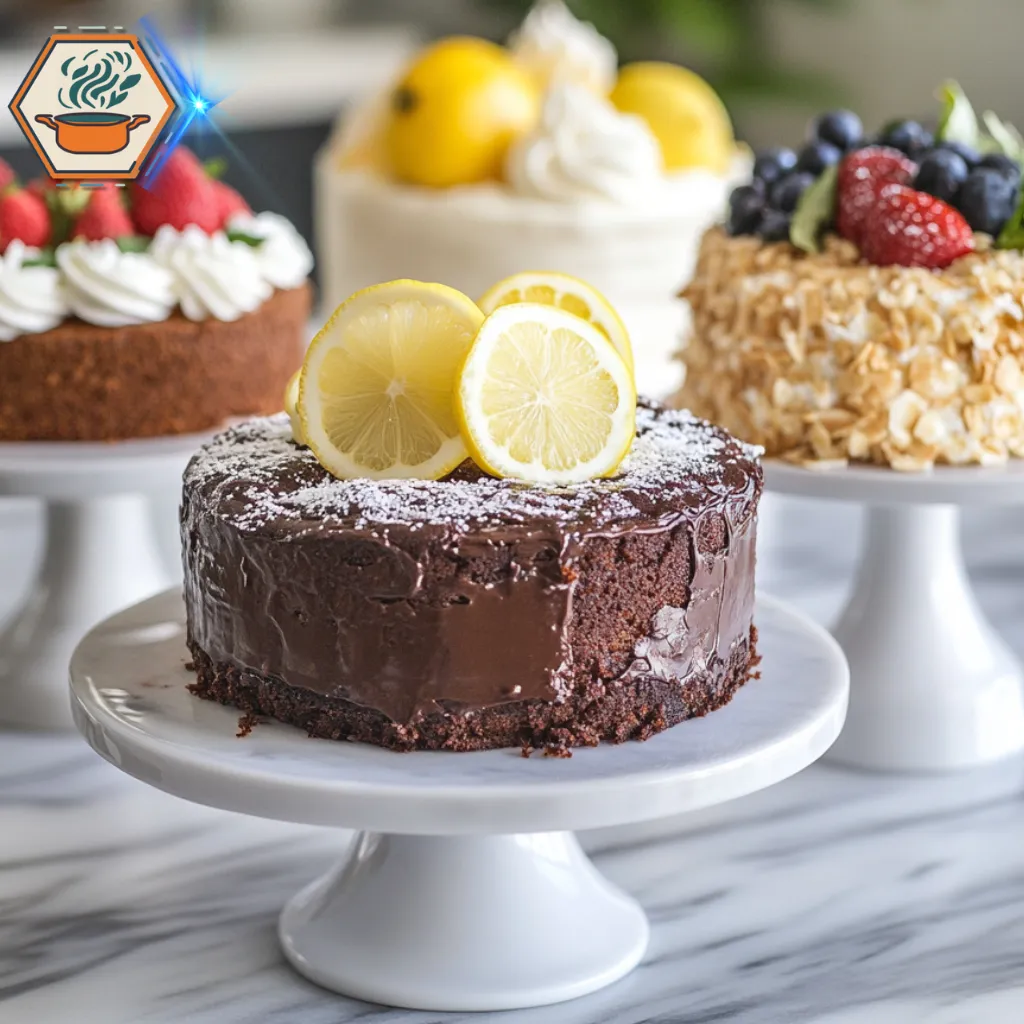
Chocolate Chess Cake
For chocolate lovers, the chocolate chess cake offers a rich and fudgy twist on the traditional version. This variation incorporates cocoa powder or melted chocolate into the batter, giving it a deep chocolate flavor. To make it even more decadent, consider adding chocolate chips or a chocolate ganache topping. Pairing it with a dollop of whipped cream or fresh berries enhances the overall taste. If you’re wondering what is chess cake in its chocolate form, it’s a delightful, brownie-like dessert.
Lemon Chess Cake
The lemon chess cake provides a bright, tangy flavor that contrasts beautifully with the sweet and buttery base. Adding fresh lemon juice and zest to the batter infuses the cake with a refreshing citrus taste. A light dusting of powdered sugar or a lemon glaze on top adds an extra layer of flavor. This variation answers the question, what is chess cake, by showcasing its ability to adapt to vibrant flavors.
Coconut Chess Cake
Coconut chess cake introduces a tropical flair by mixing shredded coconut into the batter. For a stronger coconut taste, coconut milk can replace regular milk. Toasted coconut flakes sprinkled on top provide a delightful crunch and visual appeal. This version pairs well with pineapple or mango slices for a complete tropical experience. This version of what is chess cake highlights its versatility with exotic flavors.
Ingredient Substitutions
Dairy-Free and Vegan Alternatives
For those following a dairy-free or vegan diet, several substitutions can make chess cake more inclusive:
- Butter: Use plant-based butter or coconut oil.
- Milk: Can be substituted with almond milk, oat milk, or coconut milk for a dairy-free alternative without compromising flavor or texture.
- Eggs: Replace each egg with a flaxseed or chia seed mixture (1 tablespoon of ground seeds + 3 tablespoons of water).
These changes preserve the cake’s rich texture while catering to dietary restrictions.
Gluten-Free Options
To make a gluten-free chess cake, swap out all-purpose flour for gluten-free flour blends. Almond flour or coconut flour also work well, though adjustments to the liquid ingredients may be necessary. Always ensure that other ingredients, like baking powder, are labeled as certified gluten-free to prevent cross-contamination. This adaptation expands what is chess cake to include gluten-free versions.
Creative Toppings and Additions
Whipped Cream, Berries, and Glazes
Toppings can transform a chess cake into a show-stopping dessert. Some popular options include:
- Whipped Cream: Light and airy, it balances the dense texture of the cake.
- Fresh Berries: Strawberries, blueberries, or raspberries add color and a tart contrast.
- Glazes: A simple vanilla or citrus glaze drizzled on top can enhance the flavor and presentation.
These additions not only add flavor but also make the cake visually appealing. They show what is chess cake can become with creative toppings.
Nuts and Chocolate Chips
For those still exploring what is chess cake, adding nuts or chocolate chips can offer a new perspective:
- Pecans or Walnuts: Offer a crunchy contrast to the soft cake.
- Chocolate Chips: Melt during baking to form rich, gooey pockets of chocolate throughout the cake.
- Toasted Almonds: Sprinkle on top for a nutty aroma and crunch.
These enhancements bring a delightful variety to the traditional recipe, redefining what is chess cake for every baker.
For more ideas on creative dessert toppings, check out our guide on How to Caramelize Sugar.
Experimenting with Flavors
If you’re curious about what is chess cake and how it can be adapted, here are some flavor ideas to try:
- Spices: Add cinnamon, nutmeg, or cardamom for warmth.
- Extracts: Try almond, coconut, or rum extract for unique flavors.
- Infused Sugars: Use vanilla or citrus-infused sugars for added depth.
Trying different combinations can help you craft your own version of what is chess cake, tailored to your taste.
Chess cake is a versatile dessert that invites creativity and customization. Whether you prefer rich chocolate flavors, tangy lemon zest, or tropical coconut notes, there is a variation for everyone. With simple ingredient swaps and fun toppings, this classic cake can easily adapt to any occasion or dietary need.
Baking Tips and Serving Ideas for Chess Cake
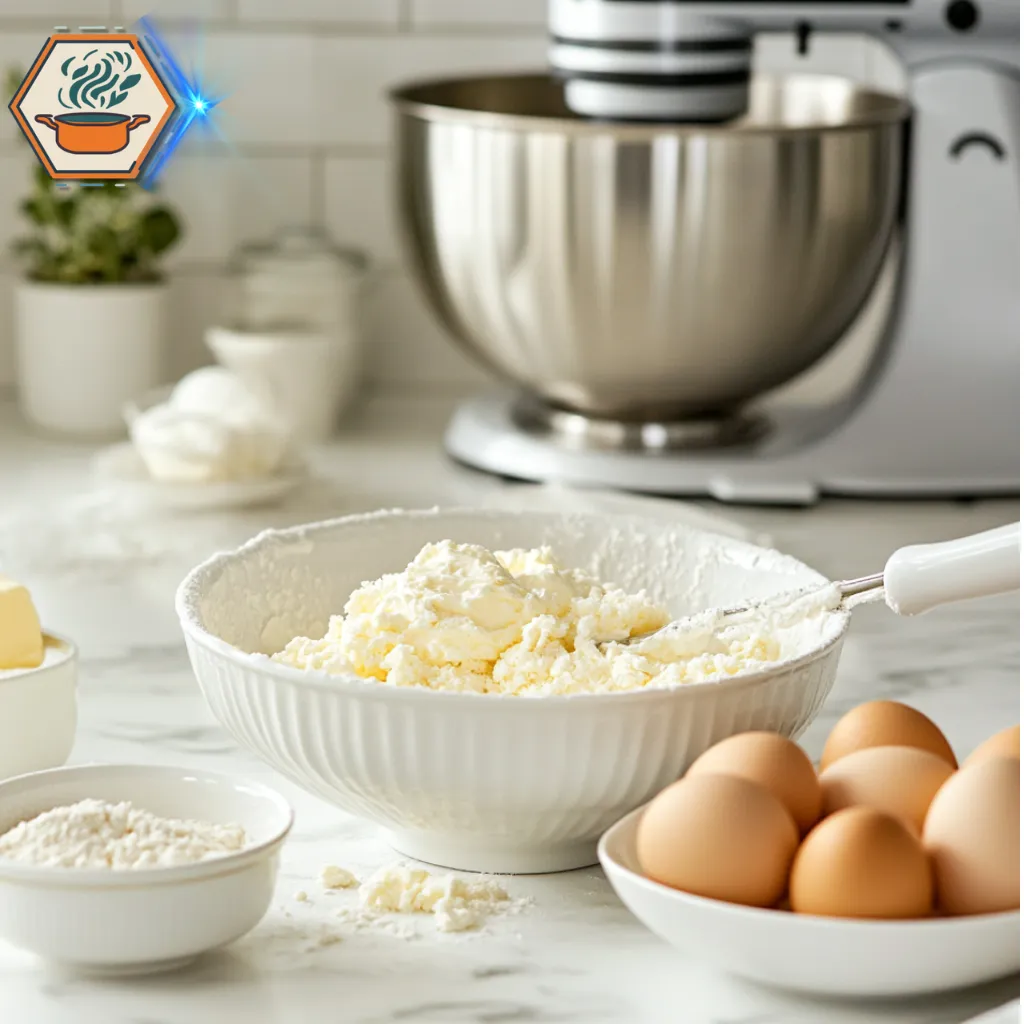
Step-by-Step Guide to Baking Chess Cake
If you’re wondering what is chess cake, it’s a rich, sweet dessert with a dense and creamy texture. This cake is known for its buttery flavor and is simple to prepare. Understanding what is chess cake helps you appreciate its unique ingredients and baking process. Follow this step-by-step guide to bake a perfect chess cake at home.
Preparing the Batter
- Ingredients: Use high-quality butter, sugar, eggs, milk, and flour. Adding cornmeal gives the cake its signature texture. Knowing what is chess cake allows you to select the right ingredients.
- Mixing: Beat the butter and sugar together until the mixture becomes light and fluffy, creating a soft and airy texture. Gradually add eggs and milk while mixing.
- Dry Ingredients: Sift flour and cornmeal together to prevent lumps.
- Combining: Slowly add the dry mix to the wet ingredients. Mix until just combined to avoid overmixing.
For more baking ideas, check out how to make crispy pancakes.
Baking Temperature and Time
- Preheat Oven: Set your oven to 325°F (163°C) for even baking.
- Bake Time: Bake for 45-50 minutes or until the center is set.
- Cooling: Allow the cake to cool in the pan for 15 minutes, then carefully transfer it to a wire rack to cool completely.
Common Mistakes and How to Avoid Them
Overmixing and Texture Problems
- Issue: Overmixing the batter can make the cake dense.
- Solution: Mix until ingredients are just combined. Use a spatula for the final mix.
Preventing Cracks on Top
- Issue: Cracks often appear due to rapid temperature changes.
- Solution: Bake at a consistent temperature. Avoid opening the oven door during baking.
- Tip: Placing a pan of water in the oven adds moisture and prevents cracking.
Serving Suggestions
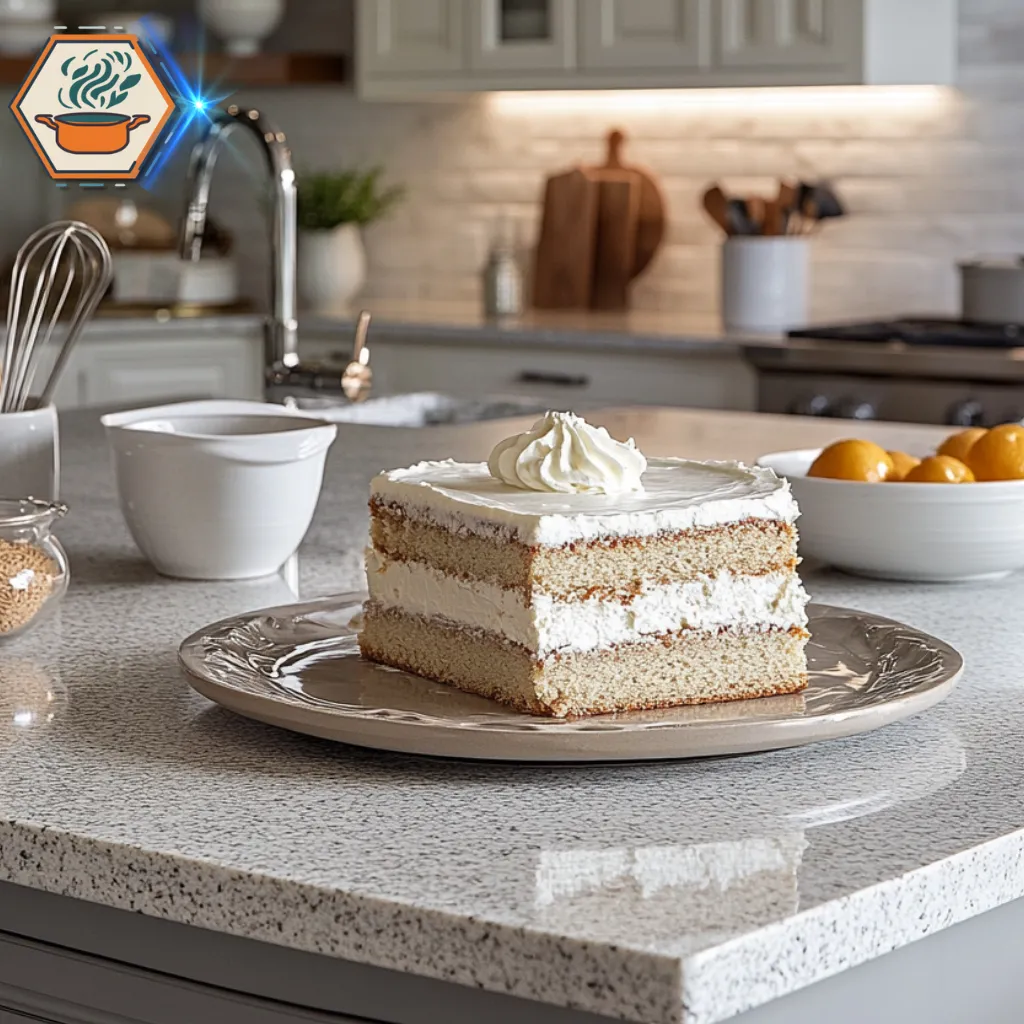
Best Drinks to Pair with Chess Cake
- Coffee: A strong coffee balances the cake’s sweetness.
- Tea: Herbal teas, especially chamomile or mint, pair well.
- Milk: A cold glass of milk complements the rich flavor.
Presentation Ideas for Special Occasions
- Fruit Garnish: Top with fresh berries for color and flavor.
- Dusting: Lightly dust with powdered sugar.
- Sauces: Drizzle caramel or chocolate sauce for added sweetness.
Storage and Shelf Life
How to Store Chess Cake Properly
- Room Temperature: Keep the cake in an airtight container at room temperature for up to 2 days to maintain its freshness and moisture. Understanding what is chess cake helps determine the best way to store it.
- Refrigeration: To maintain freshness and flavor, store chess cake in an airtight container and keep it in the refrigerator for up to 5 days. This ensures the dense, creamy texture and rich taste of what is chess cake remains intact
Can You Freeze Chess Cake?
- Freezing: Yes, wrap slices tightly in plastic wrap and foil.
- Storage Time: Freeze for up to 3 months.
- Thawing: Allow the cake to thaw in the refrigerator overnight to preserve its texture and flavor before serving.

